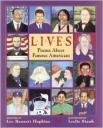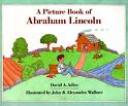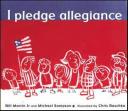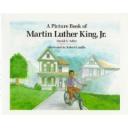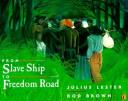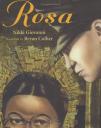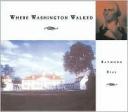How do you bake an American Pie? Step 1: “Preheat the world until fiery hot with a hunger and thirst to be free.”
So begins the book How to Bake an American Pie, by Karma Wilson, and it continues to lay out the perfect recipe for a perfect American Pie. Throughout the book, Wilson blends into the recipe to geographical features of the United States as well as the values our country was built on. Wilson added the “purple mountain majesties,” the “spacious skies,” and of course, “sweet freedom for all.” As more ingredients are added, the larger the American Pie grows and just when the reader thinks it can’t grow any higher, another important ingredient is added and the pie grows ever larger.
The recipe closes with an explanation of how many the pie will serve, “just as many who wish to stop by.” The recipe describes, in a very unique way, so many things to be proud of about our country.
It would be fun to try and figure out a way to recreate the recipe in the classroom and allow the student’s to bake their own American Pie; or instead they could brainstorm what ingredient’s they think belongs in a “Classroom Pie” and bake that instead.
Curriculum Connections
This book would work well when studying SOLs 1.11 which focuses on developing an appreciation for our country through an understanding of symbols, values, traditional/historic locations, etc…
Additional Resources
- Simon & Schuster, the book’s publisher provides a few ideas on their website about good activities to pair with the book.
- HUD has a interactive website where kids can explore different areas of being a good citizen.
- Education-World.com has lesson ideas centered around the 5 themes of citizenship, honesty, compassion, respect, responsibility, and courage.
Book: How to Bake an American Pie
Author: Karma Wilson
Illustrator: Raul Colon
Publisher: Margaret K. McElderry
Publication Date: May 2007
Pages: 40
Grade Range: 2-5
ISBN: 978-0689865060


